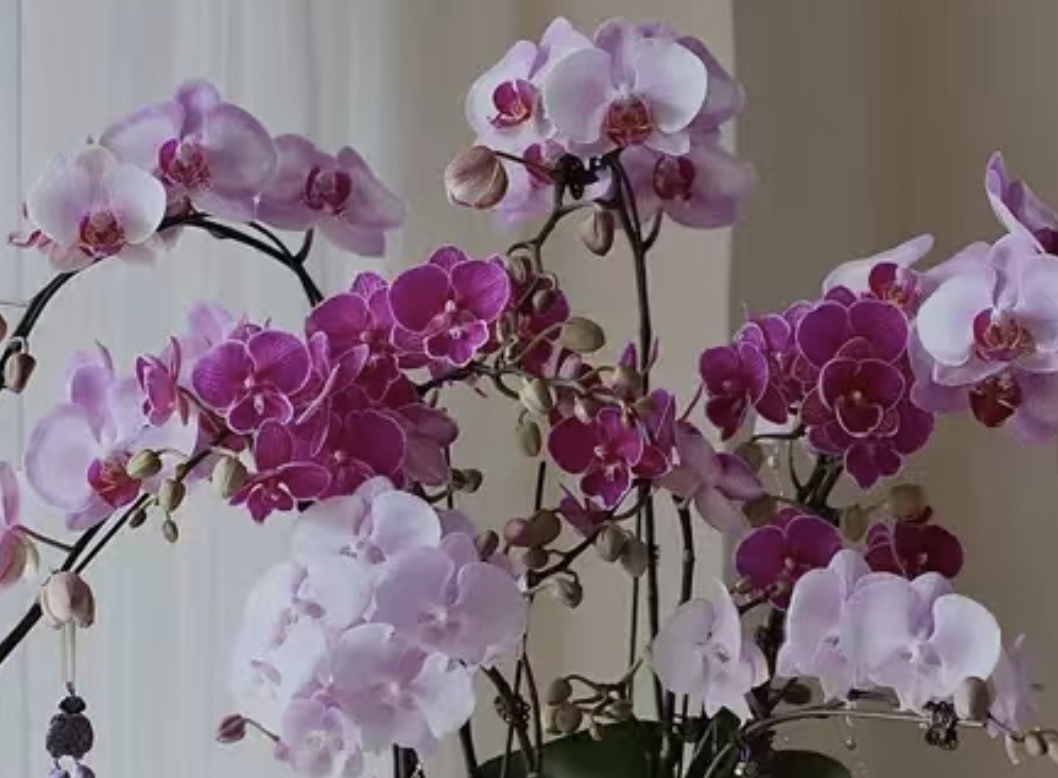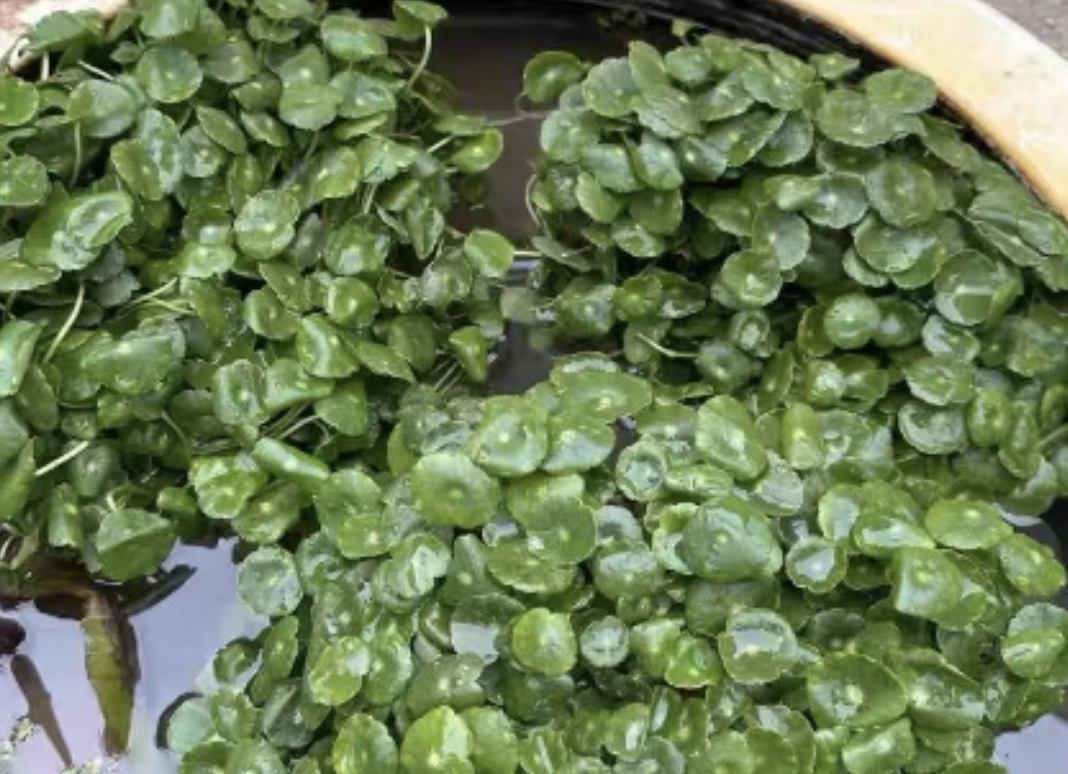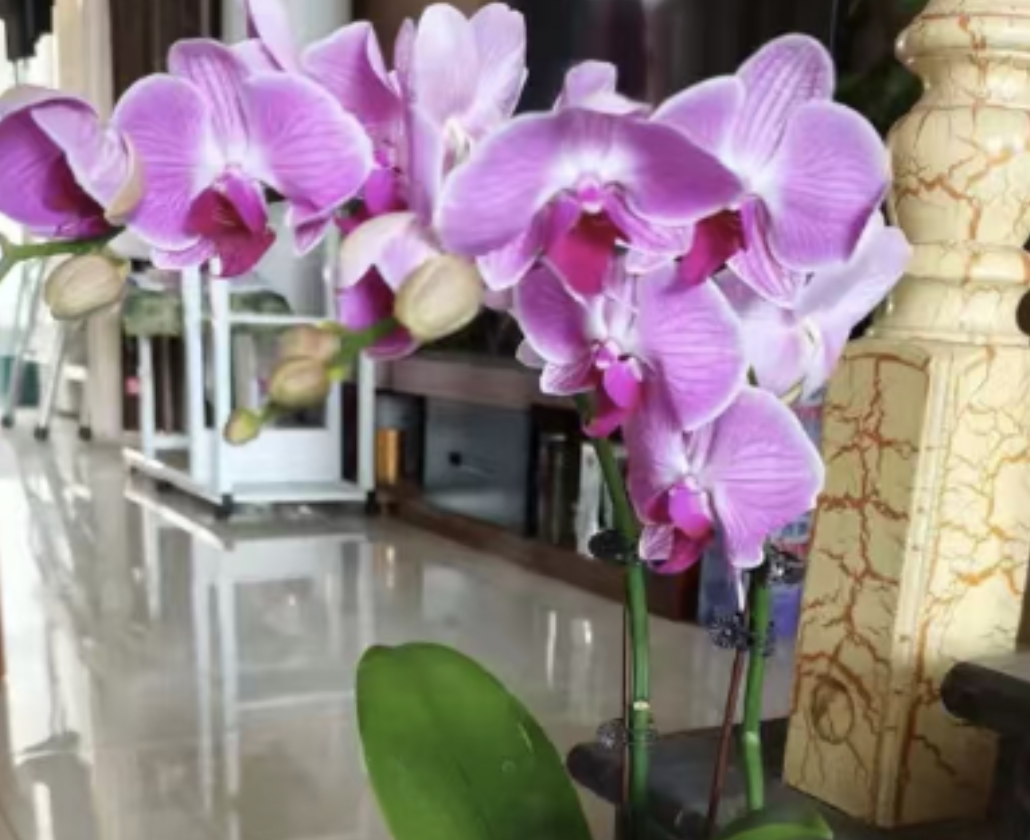In winter, as the temperature drops, the growth rate of Phalaenopsis gradually slows down. However, it still requires an appropriate amount of fertilizer to maintain its life activities and accumulate strength for growth in the coming year. The following is a detailed introduction on how to fertilize Phalaenopsis in winter and precautions for fertilization.
In winter, fertilization should follow the principle of "applying thin fertilizers frequently". The concentration of the fertilizer should not be too high, and the interval between fertilizations should be appropriately extended to avoid fertilizer damage and ensure the normal growth of Phalaenopsis.
Fertilization Time
Consideration of Ambient Temperature: When Phalaenopsis enters the bud - forming stage, whether fertilization can be carried out mainly depends on the ambient temperature. When the minimum ambient temperature is above 15 degrees Celsius and the maximum temperature is below 32 degrees Celsius, fertilization can be carried out. If the ambient temperature is too high or too low, fertilization should be stopped. For families with heating equipment in winter, fertilization of Phalaenopsis can be carried out as appropriate. For families without heating equipment, it is necessary to pay attention to checking the weather forecast and grasping the right fertilization time. It is not suitable to fertilize when the temperature drops or rises suddenly. The best time to fertilize is when the weather is fine and the temperature is stable.
Specific Time: Fertilization for Phalaenopsis in the bud - forming stage can be carried out after 9 am. Avoid fertilizing at night, and also avoid the strong - light period at noon.
Fertilizer Selection
Mainly Phosphorus - Potassium Fertilizers: In winter, phosphorus - potassium fertilizers should be the main fertilizers, such as potassium dihydrogen phosphate and Huaduoduo No. 2. These fertilizers help to promote flower bud differentiation and blooming of Phalaenopsis and enhance the plant's cold - resistance.
Avoid Nitrogen Fertilizers: Do not apply nitrogen fertilizers or compound fertilizers with a high nitrogen content, so as to prevent the plant from growing overly lush, which may affect flower bud formation and the quality of blooming.
Fertilization Methods
Foliar and Root - Medium Application: For Phalaenopsis in the bud - forming stage, it is best to use the method of foliar and root - medium application. That is, dilute the fertilizer and spray it on the leaves or pour it into the sphagnum moss. However, it should be noted that when spraying, the root area should not be too wet, but slightly dry to prevent root rot.
Concentration Control: The concentration of fertilization in winter should be appropriately reduced, generally maintained between 3000 - 7000 times dilution. Adjust it according to the growth of Phalaenopsis. For plants with weak growth, the concentration can be maintained between 3000 - 4000 times dilution; for plants with good growth, the concentration can be a little lighter, maintained between 5000 - 7000 times dilution.
Precautions
Ventilation: After fertilization, ventilate in a timely manner to prevent root suffocation and the appearance of yellow spots on the leaves. If the fertilizer is sprayed in the afternoon and there are still water droplets on the leaves at 4 - 5 pm, forced ventilation is required to make the water droplets evaporate as soon as possible.
Observation: After fertilization, closely observe the growth of Phalaenopsis. If there are any abnormalities, adjust the fertilization plan in a timely manner.
The fertilization management of Phalaenopsis in winter requires carefulness and patience. Only by following scientific fertilization principles and methods can we ensure that Phalaenopsis can survive the winter safely and lay a solid foundation for its growth and blooming in the coming year.
How to Fertilize Phalaenopsis in Winter?

Share with
Tagged in :




Leave a Reply